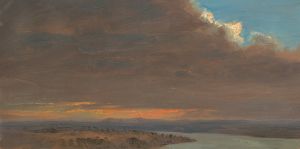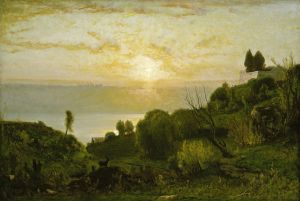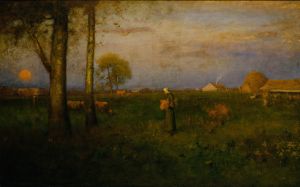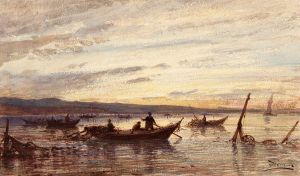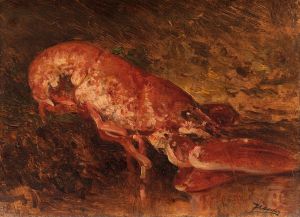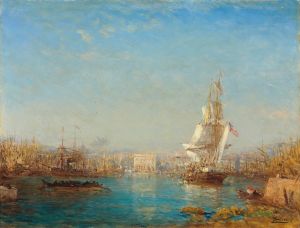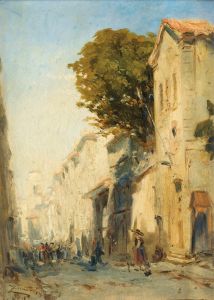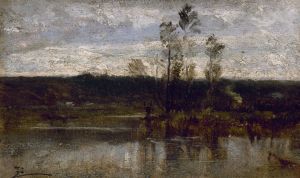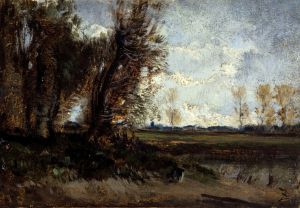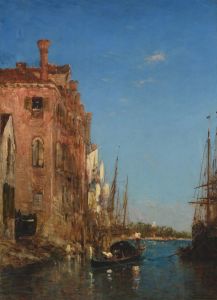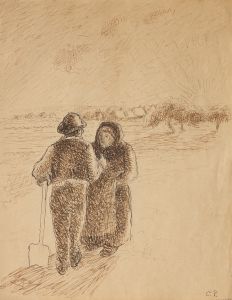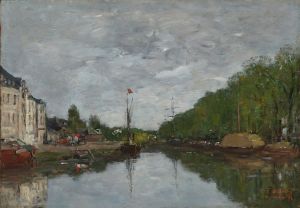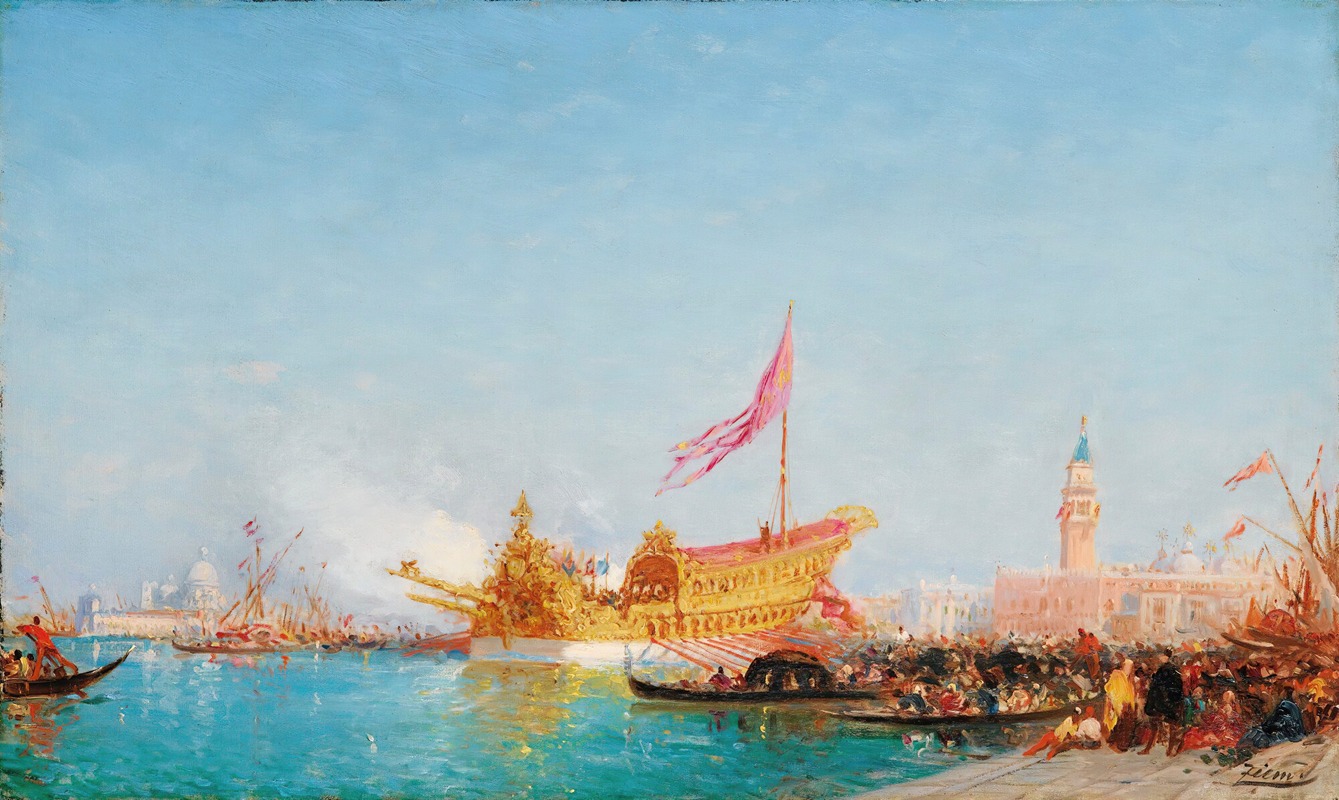
Le Bucentaure Vu Du Quai Des Esclavons, Venise
A hand-painted replica of Félix Ziem’s masterpiece Le Bucentaure Vu Du Quai Des Esclavons, Venise, meticulously crafted by professional artists to capture the true essence of the original. Each piece is created with museum-quality canvas and rare mineral pigments, carefully painted by experienced artists with delicate brushstrokes and rich, layered colors to perfectly recreate the texture of the original artwork. Unlike machine-printed reproductions, this hand-painted version brings the painting to life, infused with the artist’s emotions and skill in every stroke. Whether for personal collection or home decoration, it instantly elevates the artistic atmosphere of any space.
"Le Bucentaure Vu Du Quai Des Esclavons, Venise" is a painting by the French artist Félix Ziem, who was born on February 26, 1821, in Beaune, France, and died on November 10, 1911, in Paris. Ziem is renowned for his landscape paintings, particularly those depicting Venice, which became a central theme in his work.
Félix Ziem was initially trained as an architect but shifted his focus to painting after traveling extensively through Europe. His travels took him to Italy, where he fell in love with Venice. The city's unique light, architecture, and waterways captivated him, and he returned there frequently throughout his life. Ziem's Venetian scenes are characterized by their vibrant colors, dynamic compositions, and atmospheric effects, which capture the essence of the city.
"Le Bucentaure Vu Du Quai Des Esclavons, Venise" translates to "The Bucentaur Seen from the Quay of the Slaves, Venice." The Bucentaur was the state barge of the Doges of Venice, used in the ceremonial "Marriage of the Sea" (Sposalizio del Mare) ritual, which symbolized Venice's dominion over the sea. This annual ceremony took place on Ascension Day and involved the Doge throwing a ring into the Adriatic Sea.
In this painting, Ziem depicts the Bucentaur in all its grandeur, seen from the Riva degli Schiavoni, a waterfront promenade in Venice. The Riva degli Schiavoni, often referred to as the Quay of the Slaves, was a bustling area known for its views of the Venetian lagoon and its proximity to significant landmarks such as the Doge's Palace and St. Mark's Basilica.
Ziem's portrayal of the Bucentaur is notable for its attention to detail and the use of light. The painting captures the golden hues of the Venetian sunset, reflecting off the water and the ornate decorations of the barge. The composition is dynamic, with the Bucentaur positioned prominently in the foreground, drawing the viewer's eye towards it. The background features the distinctive architecture of Venice, with its domes, spires, and canals, adding depth and context to the scene.
Ziem's technique in this painting showcases his mastery of color and light. He employs a rich palette, with warm tones dominating the scene, creating a sense of warmth and vibrancy. The brushwork is loose yet precise, allowing for a sense of movement and fluidity, which is particularly effective in depicting the water and the reflections on its surface.
"Le Bucentaure Vu Du Quai Des Esclavons, Venise" is an excellent example of Ziem's ability to capture the spirit of Venice. His work was highly regarded during his lifetime, and he was associated with the Barbizon School, a group of artists known for their realistic and naturalistic depictions of landscapes. Ziem's Venetian scenes, however, stand out for their romanticism and the artist's personal connection to the city.
Today, Félix Ziem's works are held in numerous public and private collections worldwide. His paintings of Venice, including "Le Bucentaure Vu Du Quai Des Esclavons, Venise," continue to be celebrated for their beauty and their ability to transport viewers to the enchanting world of 19th-century Venice.





